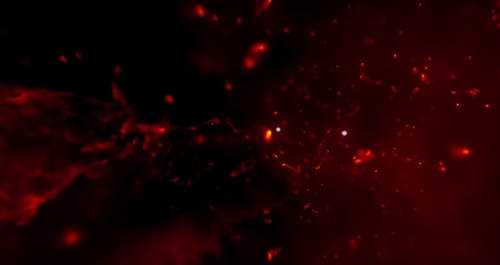Looking up at the Milky Way, it’s hard to imagine what it would be like to be up close and personal with the centre of our home galaxy - a site located a huge 26,000 light years away.
Not least because the supermassive black hole at the epicentre, known as Sgr A*, would make it pretty hard for humans to travel anywhere close without being spaghettied into oblivion.
Now NASA’s Chandra X-ray observatory in Cambridge, Massachusetts has provided scientists with enough data that they can explore the region on our behalf. And produce a spectacular 360-degree video tour to take us along.


The video seats viewers in the ultimate hot seat - from the vantage point of Sgr A* - looking out at the stars and watching material flying by at speed.
Because the video is 360-degree enabled, you can control your own exploration of the region by moving the screen (simply click on the video and drag left or right).
The most obvious sights are the Wolf-Rayet stars, which are the biggest and brightest stars in their final burst of activity before they start to die. In the video there are approximately 25 of these stars and they appear as bright, white and twinkly dots.
The red and yellow colour scale around the stars is the stellar winds being ejected, and as these winds collide with each other, some material spirals towards the Sgr A*.
The video is split into two different simulations, each of which start about 350 years ago and span 500 years, with the first showing Sgr A* in a calm state and the second in a violent state.
The Chandra telescope, which orbits 85,000 miles above Earth, was specially designed to detect X-ray emission from very hot regions of the universe such as exploded stars, clusters of galaxies and matter around black holes, so it was the perfect tool to create such a video.
